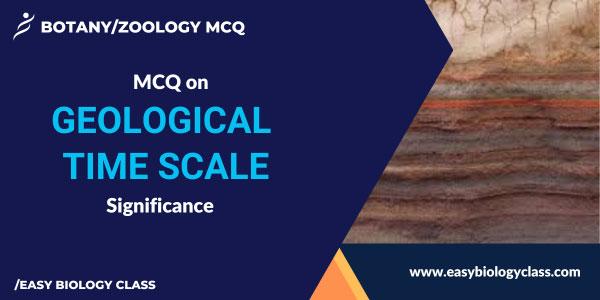DNA barcoding is a molecular technique that uses a short, standardized DNA sequence from a specific gene to identify and classify species. It helps scientists and researchers accurately distinguish and catalogue organisms, aiding in biodiversity research, conservation, and various scientific applications. This post is on applications of DNA barcoding MCQ […]
Continue ReadingMCQ on BT Cotton and its Pros and Corns
Bt cotton, a genetically modified crop, boasts pest-resistant qualities, reducing the need for chemical pesticides and increasing crop yields. However, concerns over environmental impact and pest resistance evolution underscore the importance of a balanced assessment of its pros and cons. This article on MCQ on BT Cotton will help you […]
Continue ReadingNutritional Classification of Bacteria MCQ
Bacterial nutrition varies widely, encompassing autotrophic and heterotrophic modes. Autotrophic bacteria synthesize their own organic compounds from inorganic sources, while heterotrophic bacteria rely on organic materials from their environment. This adaptability allows bacteria to thrive in diverse ecosystems. This post on Nutritional Classification of Bacteria MCQ will help you to […]
Continue ReadingDifference between Bacterial and Fungal Cell Wall
Cell walls are rigid structures surrounding plant, fungal, and bacterial cells, providing support, protection, and regulating cell shape and osmotic pressure. The chemical structure and organization of cell wall in different groups varies considerably. The bacterial cell wall is a protective outer layer made of peptidoglycan, providing structural support. It […]
Continue ReadingMCQ on Geological Time Scale (GTS)
MCQ on Geological Time Scale. The geological time scale is a chronological framework used by geologists to categorize and organize Earth’s history into distinct eras, periods, epochs, and ages. It provides a structured way to study and understand the vast expanse of geological time, helping scientists trace the evolution of […]
Continue Reading




